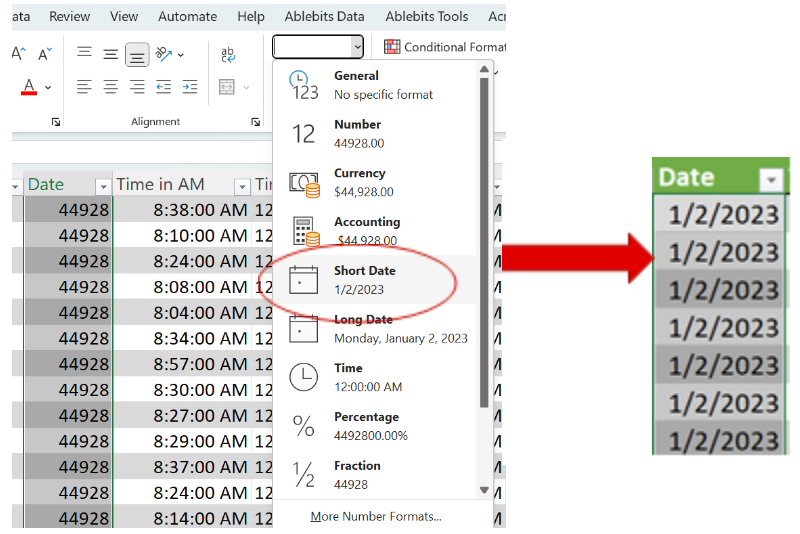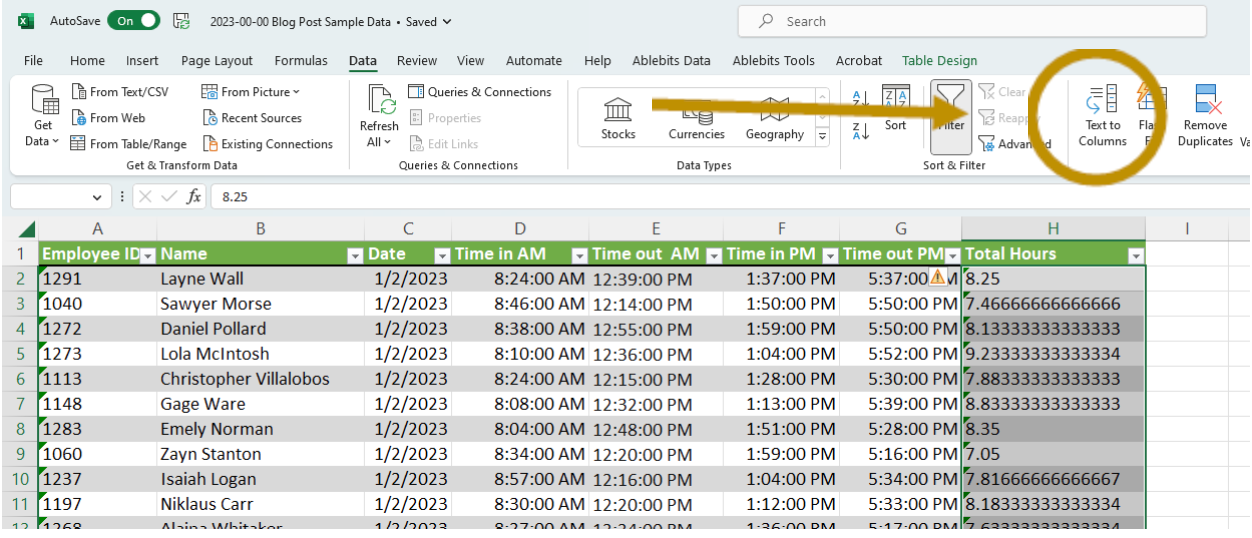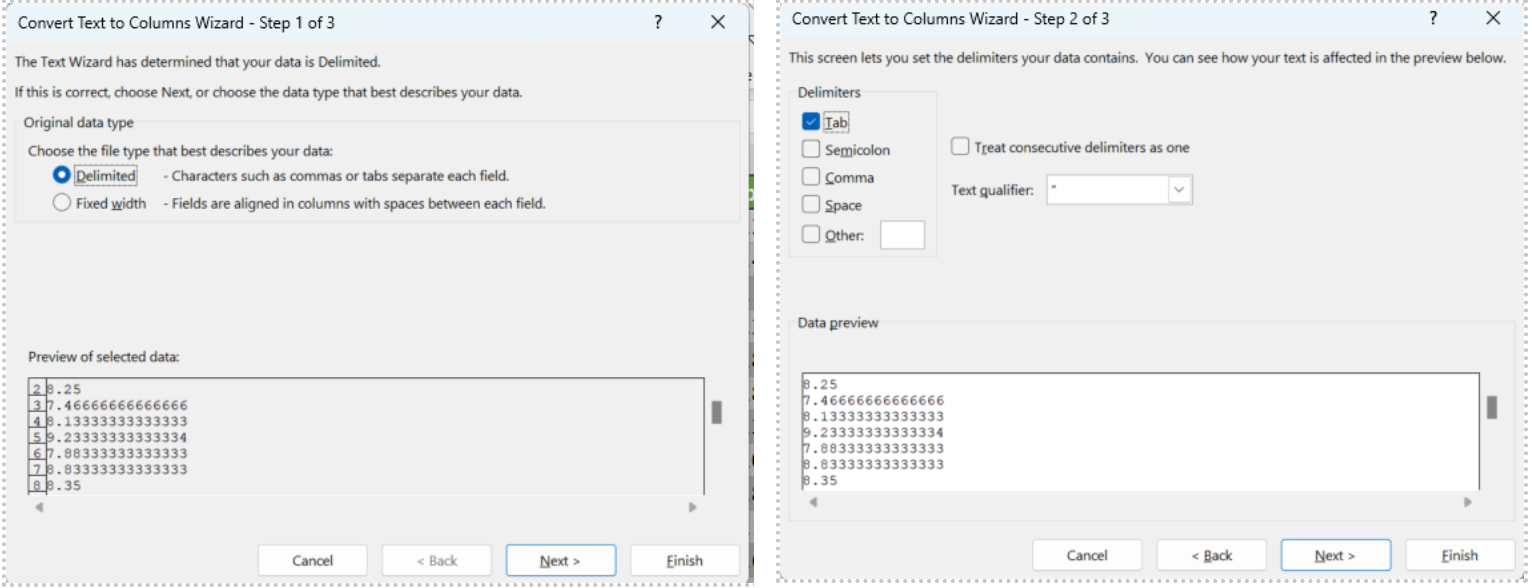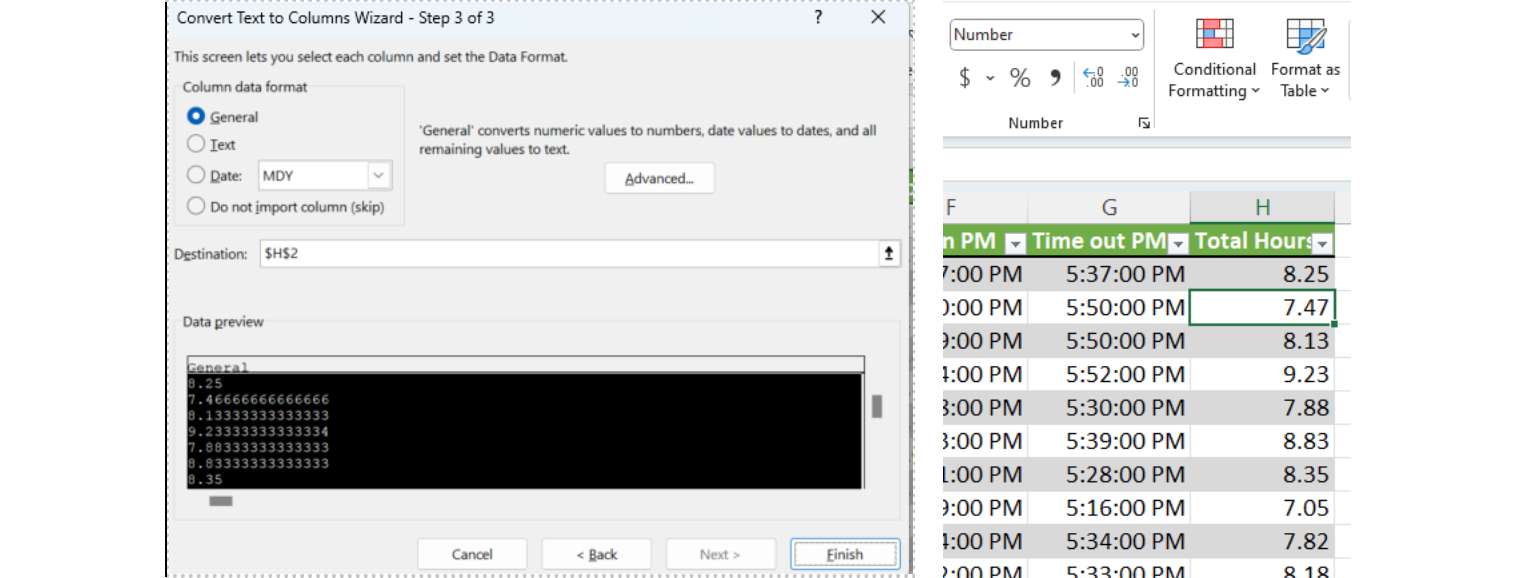News & Updates: Data in Practice: Navigating Excel for Lawyers | Fix Your Formatting (Part II)
Data in Practice: Navigating Excel for Lawyers | Fix Your Formatting (Part II)
Posted by Marie Jonas
Data permeates every aspect of legal practice. Data in Practice is a bimonthly feature to provide practical tools for attorneys to better organize, manipulate, and understand data. Whether it’s working with basic case information, preparing document productions, or conducting exposure analyses, a more robust knowledge of Excel is guaranteed to streamline your work. A few simple tools can help attorneys more efficiently and effectively represent their clients, and better navigate a professional landscape inundated with big data.
Marie Jonas is a Partner in Folger Levin’s litigation practice group. Marie has over a decade of hands-on experience working with Excel in all aspects of her practice: ranging from investigations to trial. If you have an idea for a topic involving practical data tips for lawyers, she can be reached at mjonas@folgerlevin.com.
Fix Your Formatting
(Part II)
Cell styles unlock Excel features
Now that you know how to format a set of data as a table, you can look at the format of the cells in your table. (Sample data can be accessed here.)
As you dig into your analysis, you might confront some new challenges. When you cut and paste a date, suddenly you see a string of unknown numbers. Or you paste numbers into a table, but you are getting an error message, telling you it’s text. Many people are put off by one of Excel’s more useful features, confusing to the unwary: automatic cell formatting. These challenges are often easy fixes but can lead to frustration for those caught off-guard.
Check Your Cell Status – Dates
One of the most common points of confusion is when you receive data, and in a column where you expect dates to be, you find instead a string of numbers. This generally happens when the cell style has defaulted from a “Date” to a “General” format. To correct, simply select the impacted column and navigate to “Cell Formatting” (as shown below).
Check Your Cell Status – Text and Numbers
Another common issue comes up if numbers are stored as text. This might occur when copy-and-pasting from another source. Numbers stored as text make sense if you have an employee ID, for example, where the number string is used for unique identification. But often, numbers you will want to sort or manipulate – and if it is stored as text, you often won’t be able to do that (text-formatted numbers will sort based on the digits, not the values – that is, 1, 10, 2, 3, 4…). The fix may be a bit tricky, as selecting the offending column and navigating to “number” in cell formatting may not update the entire column.
Here’s a workaround. Select the cells stored as text that you want to change to number formatting; navigate to “Data” on your ribbon and select “Text to Columns”.
You can ignore the first two pages of the “Wizard”, as you are not in fact separating one to multiple columns.
Apply “General” format to the resulting columns, and voila, your text will now convert to numbers.



